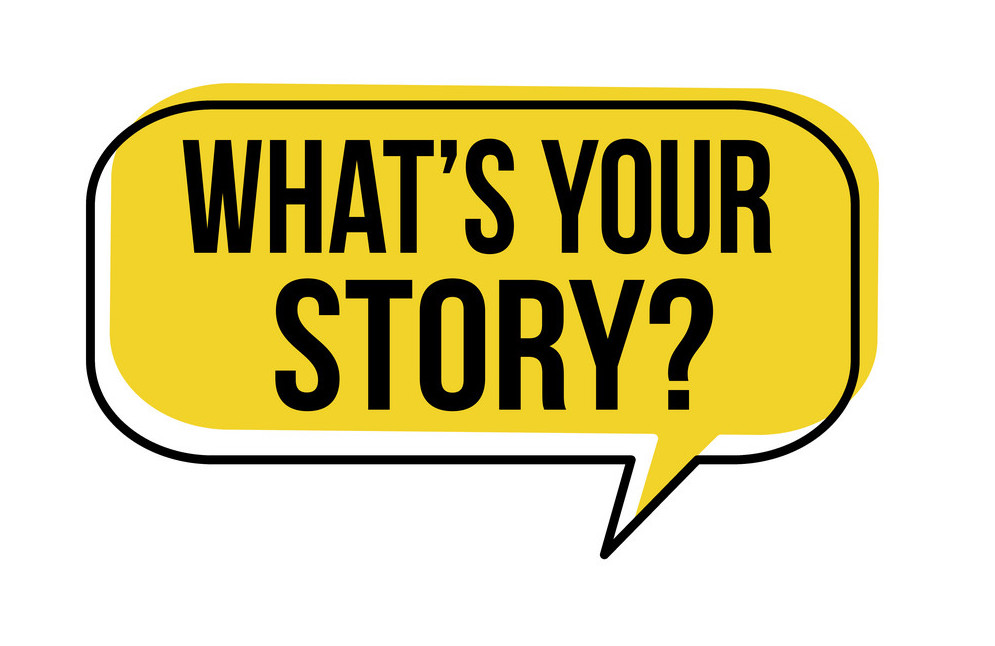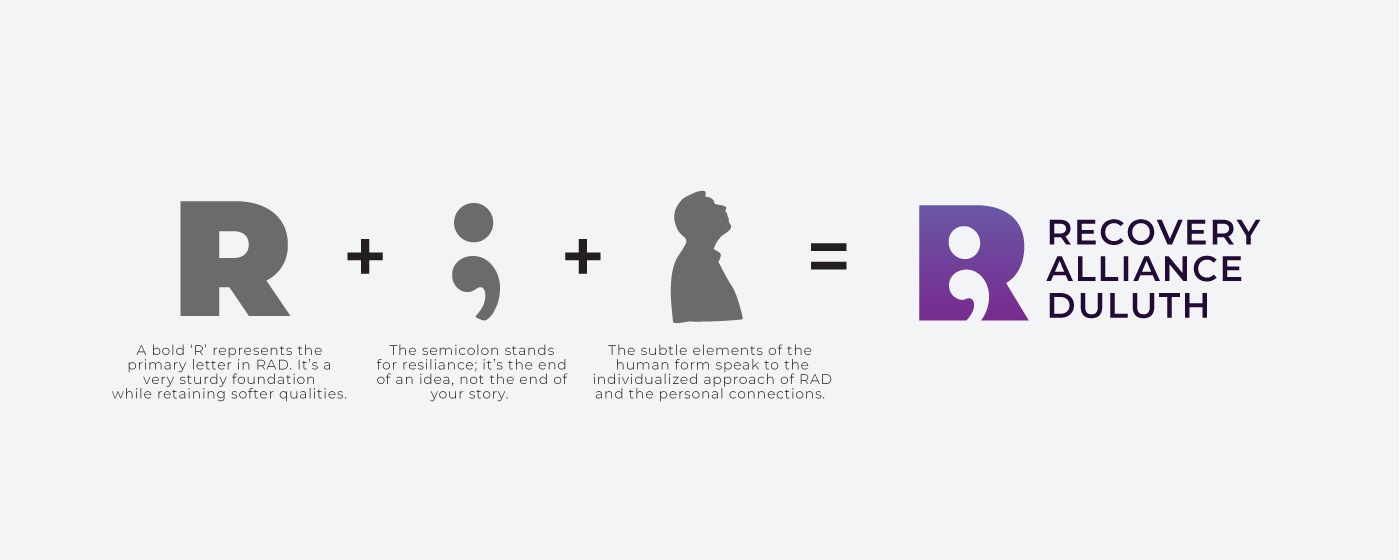The Art of Storytelling in Graphic Design
In the world of design, where aesthetics reign supreme, it's easy to overlook the power of storytelling. Graphic design isn't just about creating visually appealing images; it's about conveying a message, evoking emotions, and telling a story. The art of storytelling in graphic design is a dynamic and essential aspect that can elevate your designs and make you clearly stand apart from others. Today, we'll dive into why storytelling matters in graphic design and how you can harness its potential to create compelling visuals.
Why Does Storytelling Matter in Graphic Design?
- Connects Emotionally: Stories have a unique ability to connect with people on an emotional level. In graphic design, this emotional connection can make your message more memorable and relatable.
- Captures Attention: A well-told story captures the viewer's attention and draws them into the design. It keeps them engaged and encourages them to explore further.
- Simplifies Complex Ideas: Stories can simplify complex concepts or ideas, making them easier for your audience to understand and remember.
- Differentiates Your Brand: Storytelling sets your brand apart. It's an opportunity to show your values, mission, and personality, helping you stand out in a crowded marketplace.

How to Incorporate Storytelling into Graphic Design
- Understand Your Audience: To craft a compelling story, you must understand your audience. What are their pain points, desires, and motivations? Tailor your design to resonate with them.
- Start with a Concept: Before diving into design, establish a clear concept or message you want to convey. This forms the foundation of your story.
- Visual Hierarchy: Use design elements like typography, color, and layout to guide the viewer's eye through the narrative. Create a visual hierarchy that reinforces the story's flow.
- Choose the Right Imagery: Select images and graphics that align with your story. Each element should contribute to the narrative and enhance its impact.
- Consistency is Key: Maintain consistency in design elements throughout your story. This ensures that the narrative remains cohesive and easy to follow.
- Create a Narrative Arc: Like a classic story, your design should have a beginning, middle, and end. Introduce the problem or idea, build tension or curiosity, and provide a resolution.
Case Studies: Successful Storytelling in Graphic Design
1. Recovery Alliance Duluth | Logo Design
Recovery Alliance Duluth (RAD) is a community organization that connects people seeking recovery to peers who have walked a similar path and are trained to help through peer-to-peer recovery support. With a mission to helps people in recovery, we helped develop a brand that would showcase who they are and speak directly to those they serve.
2. Duluth Coffee Co. | Package Design
'Single sourced', 'farm-to-table' and similar phases have been thrown around a lot. So when we partnered with Duluth Coffee Co., we wanted to make sure we did justice to their focus of bringing intention and integrity from cultivation to cup. Learn more about our package redesign we worked on and how it allows Duluth Coffee's unique differentiators to truly shine through.
3. University of Wisconsin-Superior | The Link Center Branding
The Link Center at the University of Wisconsin-Superior is a hub that serves a multifaceted role for both the University as well as the Twin Ports and northern Wisconsin region. Because of this, it was pivotal that the department be represented in a concise and accessible way to maximize the Center’s impact and it's connective services. Learn more about our rebrand and repositioning of the Link Center to more seamlessly capture the essence of what the department does.
Conclusion
Incorporating storytelling into your graphic design is a strategic move that can elevate your work to a new level of impact. It connects emotionally, captures attention, simplifies complex ideas, and differentiates your brand. By understanding your audience, starting with a clear concept, and using design elements effectively, you can create compelling visual narratives that leave a lasting impression.
So, the next time you embark on a design project, remember that your visuals have the power to tell a story. Embrace this art of storytelling in graphic design, and watch your designs come alive with meaning and purpose. And if you get stuck, reach out. We have the tagline 'thoughtful design with your story in mind' after all.



